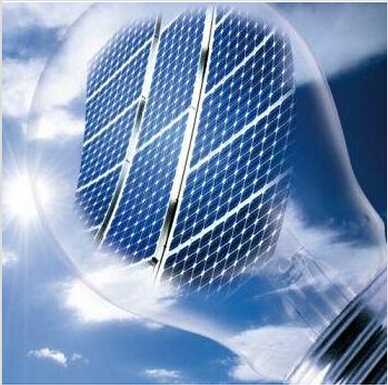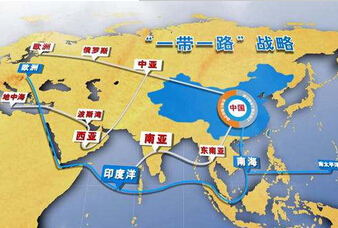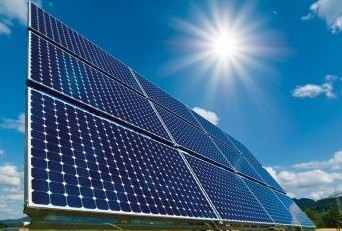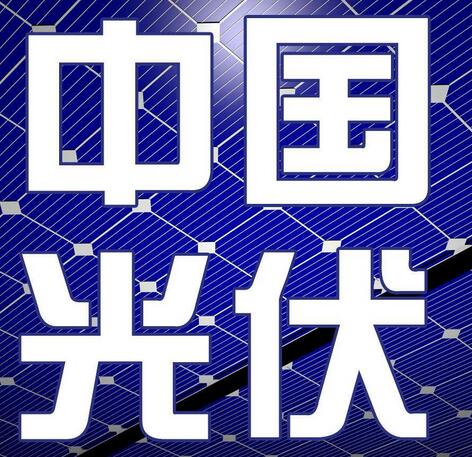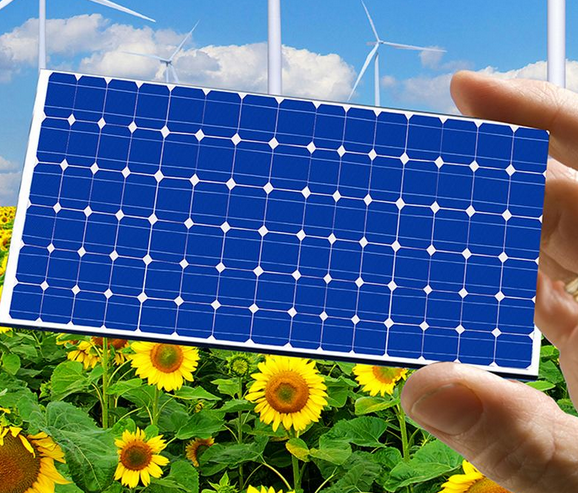In 2017, China's distributed PV installed capacity reached 19.44 GW, with a growth rate of more than 360%, accounting for more than 36.6% of the total new power installations. He said that the rapid development of distribution has led to the development of the entire industry chain including related manufacturing, design, installation, operation and maintenance, and the market outlook remains broad.
Financing problems still need to be solved
"For the photovoltaic industry, its rapid development depends more on the support of the primary financial market - building power plants from scratch." Peng Xin, secretary general of China New Energy Power Investment and Financing Alliance, said, "According to the statistics in March In terms of financing costs, the average financing cost is about 10.5% to 11%, the overall funding situation is tight, and the cost is high. However, the problem of difficult financing and high financing costs in the distributed photovoltaic market has continued for many years, 2017 In the year, this issue was alleviated through the financial innovation of financial leasing.
Peng Yu said that this year's distributed photovoltaic financing can be considered in stages. During the construction period, the model of supply chain finance is embedded; during the operation period, the method of financing leasing is selected; and during the stabilization period, it is a high-quality project for packaging small and medium-sized enterprises, and is listed or sold in the secondary market.
“Because the current perception of PV assets in the capital market is still lacking, in order to enhance the stability of earnings, companies are mainly investing in bonds downstream of the industry. At the same time, in order to facilitate valuation and pricing, companies also provide a more convenient one-stop financial service.
"In the short-term, it is difficult to invest in the project with full access to the Internet. Spontaneous self-use projects are mostly small. If the total size is 100MW, the average value of 1.5MW for each project is calculated, and about 60-70 projects need to be invested. It is very difficult for small companies."

"To really solve the financing problem, we must improve the credibility of the industry. At the same time, we hope that the government will lift the restrictions on distributed market-based power sales and distributed free-selling in the future," said Peng Yi. "From the consumer side, After several years of cultivation, the household PV market has been continuously improving in terms of maturity and prices have been declining year by year. It is expected that there will be supply chain finance or financial leasing + trust models this year, which will further help solve the financing problem."
According to Zhang Yuqing, the former deputy director of the National Energy Administration, the problem of financing difficulties still requires the participation of government agencies, power grid companies, power generation companies, and users, and they must take multiple measures to implement comprehensive measures in order to truly solve the problem.
The highlight of the "Clean Energy Abatement Action Plan" issued by the National Energy Administration in the near future is to allow clean energy to contract medium- and long-term trading contracts with major users and captive power plant load, etc., in a large range by means of asset combinations. "This confirms that the general direction of the market must be gradually liberalized, and we must gradually promote inter-provincial clean energy transactions, establish and improve the complementary service compensation mechanism. This will make the entire market more mature." Peng Yu said
With low market barriers, many companies are competing to enter. Under the background of national energy structure adjustment, China's distributed photovoltaic users need to change their PV consumption habits under the national policy and industry training in the short term, and the corresponding industry threshold should also be improved.
















 RCCN WeChat QrCode
RCCN WeChat QrCode Mobile WebSite
Mobile WebSite